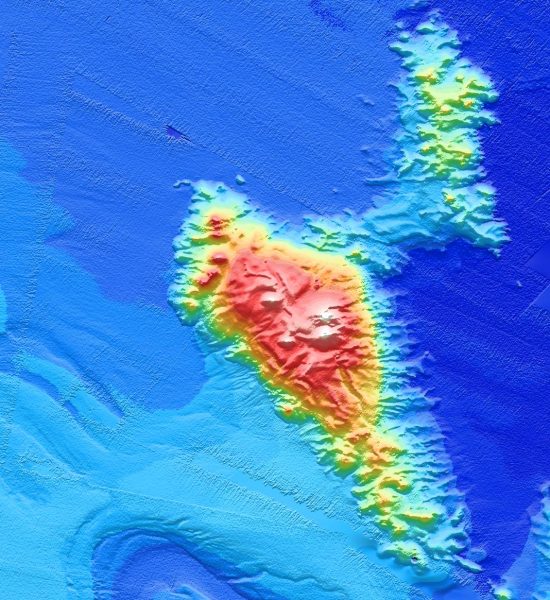Seamount Collisions Produce Slower Earthquakes
December 12, 2023

A seismic survey led by the University of Texas Institute for Geophysics (UTIG) has found that sinking seamounts leave behind a trail of soft sediments as they’re pulled into subduction zones. These sediments may help weaken earthquakes by relieving tectonic pressure. UTIG Senior Research Scientist Nathan Bangs led the research, which was published in June 2023 in the journal Nature Geoscience. The findings may help scientists improve earthquake models and unravel the mechanisms that drive earthquakes. In 2018, Bangs led an ocean seismic survey of a subduction zone off the coast of New Zealand. The resulting images showed seamounts — mountains and volcanoes on the seafloor — colliding with the subduction zone and the sediment trail they leave behind. The researchers think the sediment from this trail may help create conditions in the crust suitable for harmless slow-slip earthquakes rather than violent tremors — at least in this part of the New Zealand subduction zone, where the crust holds softer, wetter rocks. The research and seismic survey were funded by the National Science Foundation and similar scientific agencies in New Zealand, the United Kingdom and Japan.
Back to the Newsletter